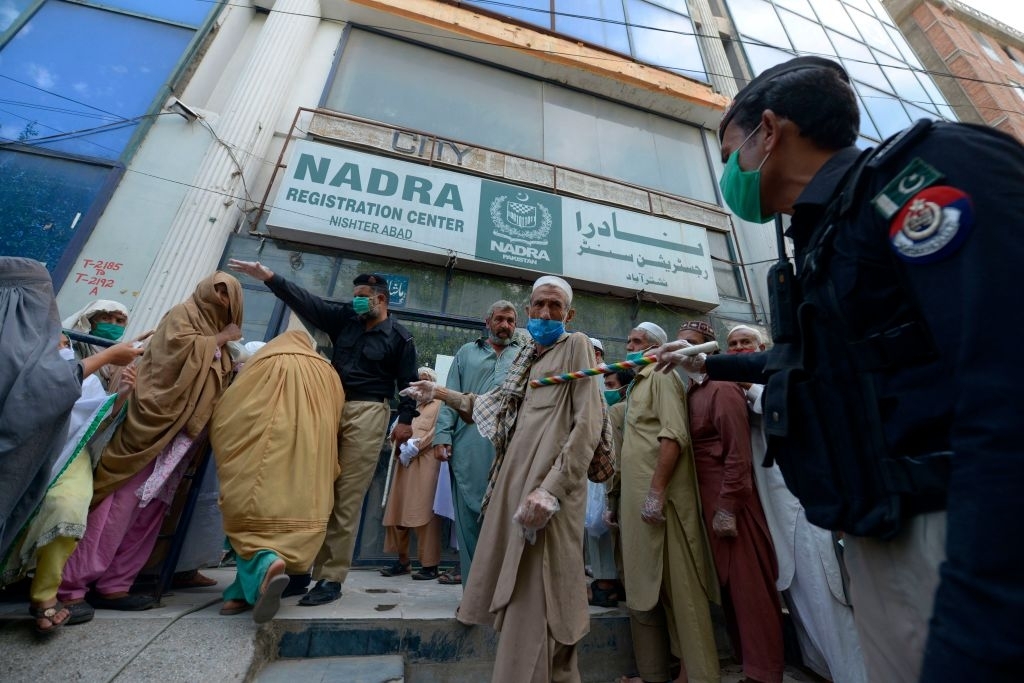Monmouth County in New Jersey, USA is using a solution that combines biomechanical data from motion capture cameras with an artificial intelligence-based movement algorithm to detect falsified or exaggerated injury and workers’ compensation claims.
The newly patented technology from AvaSci, employs the same technology films and video games use to produce avatars to measure a person’s range of motion.
The county screens people before they’re hired and after they’ve been awarded workers’ compensation or disability payments to determine a baseline of their motor abilities. That way, when they claim a new injury or the worsening of an existing one, the county courts can objectively compare a new video analysis with the baseline and determine the validity of a new claim.
Contrary to using a goniometer which is prone to human error for measuring a joint’s range of motion, the AvaSci Injury Evaluation (AIE) tool connects with motion-capture cameras and collects 100 frames per second and about 150,000 data points in one capture.
The system also captures consistency of speed and the range of motion based on Chronbach’s alpha, a measure of scale reliability.
The resultant charts for raising and lowering the arm, for example, show either a smooth oval of movement and a corresponding numeric score indicating a healthy claimant or a shape with a divot that indicates where an injury has occurred, persists or has worsened.
Monmouth County, which is self-insured, spent $5.6 million on workers’ compensation expenses in 2020. Part of that includes reopeners, which, according to New Jersey law, means that someone collecting disability pay can return to court at set time intervals and claim that the injury has worsened and ask for a higher payment. In 2018 – the most recent data available – the state had its highest number of reopeners at 6,456 since 1990.
AvaSci asks job candidates in areas with a higher probability of injury to sign a release, allowing the company to collect and store their motion capture data and analysis – currently in a database but soon in the cloud. They go to Hackensack Meridian Health, which has a motion capture studio that AvaSci uses.
The capture takes about 10 minutes, and preliminary results from the analysis are immediate. It takes AvaSci about a week to prepare a 60- to 70-page document to be used in court hearings, but the goal is to not even go to court in the first place.
In the past decade, workers’ compensation spending has risen 23%, but research shows that 54.3% of claims are either feigned or exaggerated.
Source:






Comments